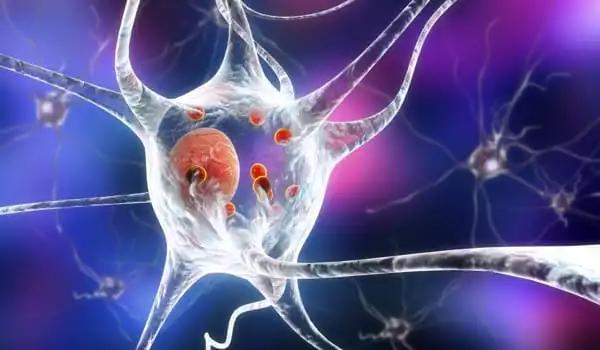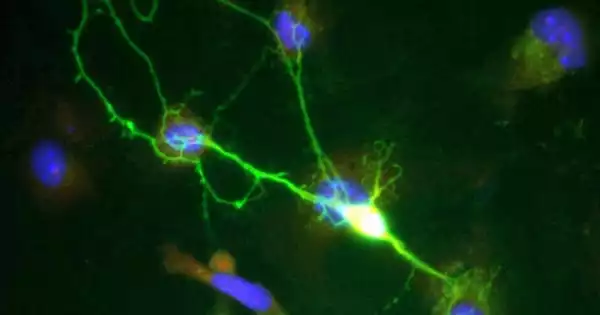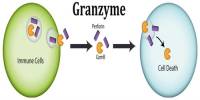Researchers discovered that mysterious protein clusters found on neurons are calcium-signaling ‘hotspots’ that activate gene transcription, allowing neurons to produce important proteins. The discovery could help shape future research into the role of hotspots in brain function, potentially leading to new therapeutic classes.
For 30 years, James Trimmer was intrigued and perplexed by mysterious clusters of proteins found on the cell bodies of neurons in the hippocampus, a part of the brain. Now, the distinguished professor of physiology and membrane biology at the University of California, Davis School of Medicine, may have an answer. Trimmer and his colleagues discovered these protein clusters are calcium signaling “hotspots” in the neuron that play a critical role in activating gene transcription in a new study published in PNAS.
Transcription allows portions of the neuron’s DNA to be “transcribed” into strands of RNA, which are then used to produce the proteins required by the cell.
The presence of these clusters in neurons is highly conserved. Highly conserved features have remained relatively unchanged over evolutionary timescales, implying that they serve an important functional function in these very different types of animals.
James Trimmer
Structures found in a variety of animals
Trimmer’s lab investigates the mysterious clusters in mice, but they exist in invertebrates and all vertebrates, including humans. Trimmer estimates that 50 to 100 of these large clusters can exist on a single neuron. He and his colleagues were well aware that the clusters are formed by a protein that transports potassium ions across membranes (a potassium channel). They were also aware that these clusters contained a specific type of calcium channel. Calcium channels allow calcium to enter cells, where it causes a variety of physiological responses depending on the cell type.
Trimmer stated, “The presence of these clusters in neurons is highly conserved.” Highly conserved features have remained relatively unchanged over evolutionary timescales, implying that they serve an important functional function in these very different types of animals.
The hippocampus, a region of the brain where clusters of neurons are found, is important for learning and memory. Researchers were well aware that disruption to these clusters, such as genetic mutations in the potassium channel, results in severe neurological disorders. However, it was unclear why.
“For a long time, we have known the function of other types of ion channel clusters, such as those found at synapses. However, no one knew what role these much larger structures on the cell body played in neuron physiology “Trimmer explained.

Experiment flooded calcium channels with “decoys”
Nicholas C. Vierra, a postdoctoral researcher in Trimmer’s lab and the study’s lead author, designed the experiment that revealed the function of the neuronal clusters. “We devised a method for decoupling the calcium channel from the potassium channel clusters in neurons. One important finding was that this treatment inhibited calcium-induced gene expression. This implies that the calcium channel-potassium channel partnership at these clusters is critical for neuronal function “Vierra stated.
The researchers “tricked” the calcium channels at these clusters in their experiment by flooding the neurons with decoy potassium channel fragments. When the calcium channels grabbed the decoys instead of the real potassium channels, the clusters disintegrated. As a result, the excitation-transcription coupling process, which links changes in neuronal electrical activity to changes in gene expression, was deactivated.
“There are many different calcium channels,” Trimmer explained, “but the specific type of calcium channel found at these clusters is required for converting changes in electrical activity to changes in gene expression.” “We discovered that by interfering with the calcium-signaling proteins found in these unusual clusters, you effectively eliminate excitation-transcription coupling, which is essential for learning, memory, and other forms of neuronal plasticity.”
Trimmer and Vierra hope that their findings will lead to new avenues of investigation. “A lot of attention has been paid to calcium signaling in dendrites, which are the sites where neurons receive signals from other neurons. Calcium signaling in neuronal cell bodies has received less attention “Vierra stated. “We now know a lot more about the importance of signaling at these specific sites on the neuron’s cell body.”
“We are only beginning to understand the significance of this signaling,” Trimmer said. “However, these new findings may provide information that could shape new research into its role in brain function, and perhaps eventually into the development of new classes of therapeutics.”
The National Institutes of Health provided funding for this study.
















